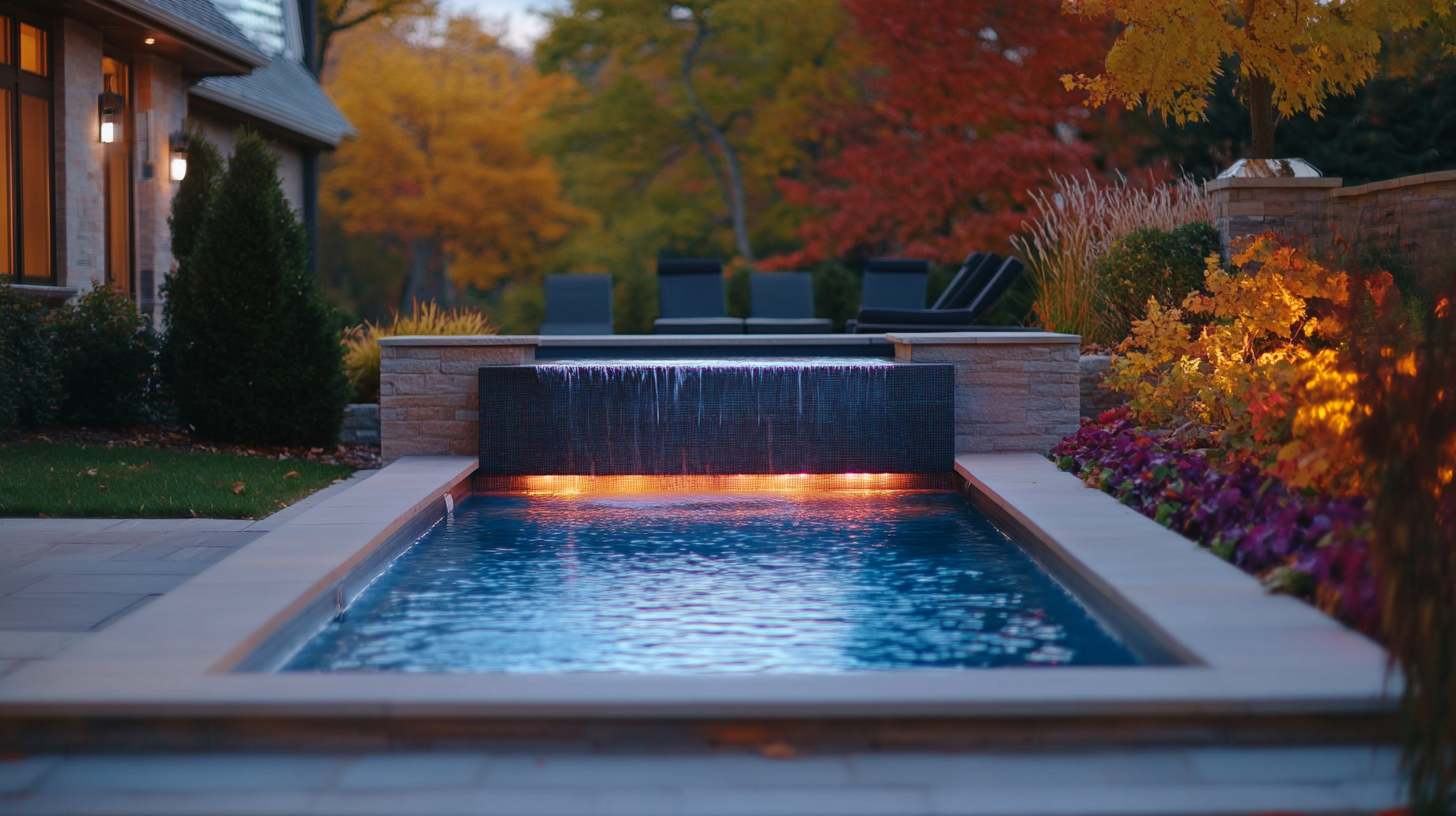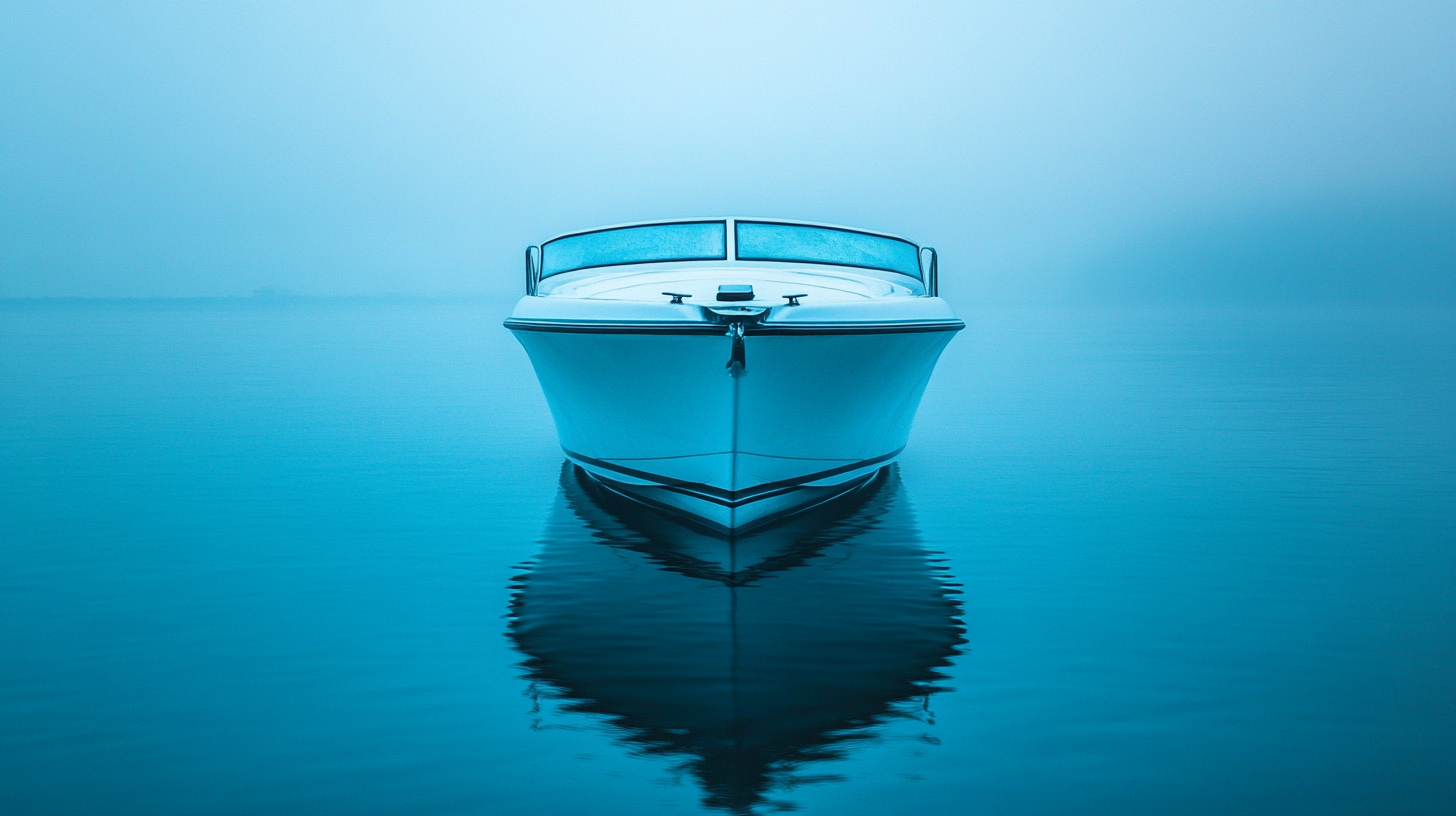Adjusting underwater pool lights for seasonal changes
Understanding the nuances of seasonal changes can transform your pool from a simple swimming spot into a magical oasis year-round. As each season dawns, so do its unique lighting requirements. For instance, during summer, the days are longer and the natural light is plentiful. This means your pool lights might need to be brighter and strategically placed to create an inviting ambiance for those night-time swims or alfresco pool parties. On the flip side, winter brings shorter days and longer nights which necessitates a different approach. The lighting not only needs to be more intense but also thoughtfully adjusted to highlight the serene beauty of your pool in the stark winter evenings.
Spring and fall, often transitional periods, offer their own sets of challenges and opportunities. In spring, as you gear up for the summer, adjusting the lights to slowly increase brightness can set the right mood for the upcoming pool season. Autumn, however, is perfect for warmer, more subdued lighting tones that can complement the rich, falling foliage and create a cozy atmosphere. As temperatures dip, lighting plays a crucial role in keeping your pool area inviting and functional.
Considering all these factors will ensure that your swimming area remains both safe and aesthetically pleasing regardless of the season. It’s not just about turning lights on or off; it’s about adjusting them with purpose to enhance the overall swimming experience. Properly calibrated lighting can transform how you and your guests experience each season, making the pool a year-round focal point of enjoyment and relaxation.
Choosing the right lighting equipment
When it comes to selecting the appropriate lighting equipment for your underwater pool lights, it’s vital to prioritize both functionality and aesthetics. Not all lights are created equal, and understanding the variety of options available can help you make an informed choice tailored to your unique needs. First, consider LED lights, which are incredibly popular due to their energy efficiency, durability, and bright illumination. LED lights come in a range of colors and can often be programmed to change hues, thereby allowing you to adjust the mood to fit seasonal festivities, whether it’s the vibrant colors for summer nights or calmer tones for a cozy autumn evening.
Another important aspect to look at is the wattage and brightness of the lights. In the summer, higher wattage bulbs might be necessary to battle the competing natural light, making your pool stand out even during the brighter parts of the evening. Conversely, during winter nights, lower wattage bulbs can create a more relaxed and tranquil atmosphere. By understanding these seasonal nuances, you can better select the brightness level that works best for each time of year.
Next, consider the positioning and types of fixtures. Some lights are surface-mounted, while others are recessed into the pool walls. Surface-mounted lights are easier to install and adjust, making them ideal for quick seasonal tweaks. However, recessed lights provide a sleek, modern appearance and can be a more permanent solution that can still be tailored for seasonal changes through advanced programming. Fiber optic lights offer yet another intriguing option, with the ability to create dazzling effects such as twinkling star-like patterns on the water’s surface, enhancing the magical feel of your pool area, especially during cooler months.
Don’t overlook smart lighting systems that can be controlled via a smartphone app or home automation systems. These advanced systems allow for seamless adjustments to brightness, color, and even timing settings based on the season. Imagine programming your pool lights to automatically shift from bright, energizing colors in the summer to warm, soothing tones in the fall, all without any manual intervention. This technology ensures that your pool lights are optimal year-round, adjusting as needed with minimal effort on your part.
It’s essential to choose lighting equipment that is built for underwater use and resistant to harsh chemicals like chlorine. Materials such as stainless steel and durable plastics are common in high-quality pool lights. Investing in weather-resistant and waterproof fixtures will not only prolong the life of your equipment but also ensure consistent performance through various seasonal changes.
Steps to adjust underwater lights
Before diving in, it’s crucial to have the right tools for the job, including gloves, a screwdriver, and any specific tools recommended by the light manufacturer. Start by turning off the power supply to your pool lights to avoid any electrical hazards. Safety first—this step cannot be overstressed. Once the power is secure, you can proceed to the light fixtures.
Begin by accessing the pool light housings, typically mounted on the pool wall. You’ll need to remove the screws or fasteners holding the fixture in place. Keep these screws in a safe spot to avoid losing them. Carefully pull the light fixture out of its niche, ensuring you don’t damage the wire connections as you pull it out. Depending on your pool setup, you might need to drain the pool to a level where lights are accessible, or you might be able to work underwater with proper safety gear.
Once the fixture is accessible, you can change the bulb if necessary. For seasonal changes, replacing bulbs with different wattages can make a noticeable difference. In the summer, you may want to switch to brighter bulbs to enhance visibility and ambiance during those longer evenings. During the winter, replacing bulbs with lower wattage can create a more intimate and cozy setting. Ensure any replacement bulbs are compatible with your fixture and rated for underwater use.
After changing the bulb, you may also want to adjust the angle. Tilting the lights can dramatically affect the mood and functionality of your pool area. For summer parties and late-night swims, angle the lights to cover a broader area, making the entire pool glow. In contrast, during cooler months, focusing the lights on specific areas can create a serene and soothing atmosphere, perfect for relaxation.
If your lights support color changes, consider adjusting the color settings to match the season. Many modern LED pool lights come with remote controls or smartphone apps for easy adjustment. For instance, vibrant blues and purples can make summer nights feel festive, while warm reds and oranges can add warmth during fall and winter.
After making your adjustments, re-secure the light fixture back into its housing. Make sure all screws and fasteners are tightened properly to prevent water from seeping in. A poorly sealed fixture can lead to significant problems, including electrical failures or water damage, potentially requiring costly repairs.
Finally, turn the power back on and test the lights. Take this opportunity to walk around your pool area and ensure the lighting is evenly distributed and matches your seasonal needs. Adjustments might be necessary to perfect your setup. Remember, each pool is unique, so experimenting with angles, brightness, and colors can help you find the ideal configuration for every season.
By carefully following these steps, you’ll have a pool that not only meets your functional needs but also enhances the overall aesthetics, making it a delightful focal point all year round. Adjusting underwater pool lights for seasonal changes may seem daunting at first, but with the right approach, it becomes an enjoyable task that brings a whole new dimension to your outdoor space.
Maintaining optimal lighting throughout the year
To maintain optimal lighting throughout the year, it’s essential to establish a proactive maintenance routine to handle seasonal changes and the effects they may have on your underwater pool lights. Begin by scheduling regular inspections of your lighting system. Visual checks should occur at least once a month, and more thorough inspections should take place before and after each season. This ensures that your lights are functioning optimally and are free from any visible damage or wear that could impact their performance.
One crucial aspect of maintaining your underwater pool lights is keeping them clean. Debris, algae, and mineral buildup can significantly reduce the lights’ brightness and efficiency. Use a soft brush or cloth to gently clean the light fixtures without scratching the surface. Specialized pool light cleaning solutions can also be effective in removing stubborn residues without damaging the fixtures.
Weather conditions can also play a significant role in maintaining your pool lights. For instance, after heavy rainfall or storms, it’s essential to check for water ingress in the light housings. Water can cause electrical failures or corrosion, leading to potential safety hazards. Regularly inspecting the integrity of seals and gaskets around the light fixtures can prevent water from entering and causing damage.
Additionally, adjusting the light settings according to the season can help prolong their lifespan. During summer months, when lights are used more frequently for extended periods, ensure that they are not overheating. Most modern LED lights are designed to handle longer usage, but traditional incandescent or halogen bulbs may require breaks to cool down. Conversely, in winter, you might reduce the lighting duration to minimize energy consumption while maintaining a cozy ambiance.
| Season | Action | Reason |
|---|---|---|
| Summer | Increase brightness, clean regularly | Longer evenings require brighter lights, frequent use can lead to quicker buildup of dirt |
| Fall | Adjust color to warmer tones, check seals | Creates a cozy atmosphere, ensures lights are prepared for inclement weather |
| Winter | Lower wattage, reduce usage time | Saves energy, provides a softer, intimate lighting |
| Spring | Gradually increase brightness, inspect for winter damage | Prepares for summer usage, ensures all fixtures are in good working condition |
Monitoring the electrical system is another pivotal task. Ensure that all wiring and connections are secure and free from corrosion. Corroded connections can cause significant issues, including electrical shorts or failures. If you observe any signs of rust or damage, it may be necessary to consult a professional for repairs or replacements.
Lastly, consider investing in a smart lighting control system, if you haven’t already. These systems can offer automated schedules, seasonal presets, and remote control options, making it easier to adjust your pool lights as the seasons change. For instance, you can set your lights to automatically dim at a particular time every evening during winter or to switch to vibrant colors for an upcoming summer party.
By implementing these measures, you ensure your underwater pool lights remain both functional and visually appealing throughout the year, enhancing your swimming experience no matter the season.
Safety tips for underwater lighting adjustments
When it comes to adjusting your underwater pool lights, safety should always be your top priority. First and foremost, make sure to cut off the power to the pool lights before starting any adjustments. This can’t be stressed enough—working with electricity and water simultaneously is inherently risky, so taking this precaution is critical to avoid electric shock or other accidents.
Before you begin fiddling with the lights, gather all necessary tools and wear appropriate safety gear. Insulated gloves can protect your hands from any unforeseen electrical faults, while safety goggles can protect your eyes from debris or water splashes. It’s also advisable to have a waterproof flashlight handy, so you can clearly see your work area underwater, reducing the chance of mishandling or damaging the fixtures.
If you need to access the light fixtures, carefully remove them from their niches without pulling too hard on the electrical cords. It’s important to handle the fixtures with care to avoid damaging the delicate, waterproof seals. Once out, inspect both the fixture and the niche for any signs of wear, corrosion, or damage. Neglecting these inspections could lead to water ingress, posing significant electrical hazards and potentially causing fixture failure.
When adjusting the bulb or fixture, be mindful of the type of replacement bulbs you’re using. Ensure they are designed for underwater use and are compatible with the fixture. Higher wattage bulbs for summer use should not exceed the fixture’s maximum rating, and similarly, lower wattage bulbs in the winter should still meet the fixture’s minimum requirements to prevent flickering or dimming issues that could compromise safety.
Once you’ve made your adjustments, whether it’s changing the bulb, adjusting the position, or tweaking the color settings, carefully re-seal the light fixture back into its housing. It’s vital to ensure that all screws and fasteners are tightly secured to prevent water from leaking into the fixture, which could cause electrical shorts or corrosion over time. Pay special attention to the integrity of gaskets and seals, as these are your first lines of defense against water ingress.
Turning the power back on should be done cautiously. Before allowing anyone to swim, conduct a thorough check to make sure the lights are functioning correctly and that there are no exposed wires or water leaks. Stand at a distance when switching the power back on to avoid any immediate dangers, and inspect the lights both during the day and at night to ensure optimal and safe performance.
If you ever feel uncertain about any part of the adjustment process, it’s always wise to consult with a professional electrician or pool specialist. Professional assessments can ensure that all electrical connections are secure and that the overall setup is compliant with local safety codes, providing peace of mind as you enjoy your beautifully lit pool.
Remember, maintaining optimal lighting and safety requires ongoing attention. Regularly inspecting and adjusting your underwater pool lights according to seasonal changes not only keeps your pool visually appealing but also ensures it remains a safe environment for everyone. Balancing aesthetics with safety will allow you to fully enjoy your pool space, season after season, with confidence.


